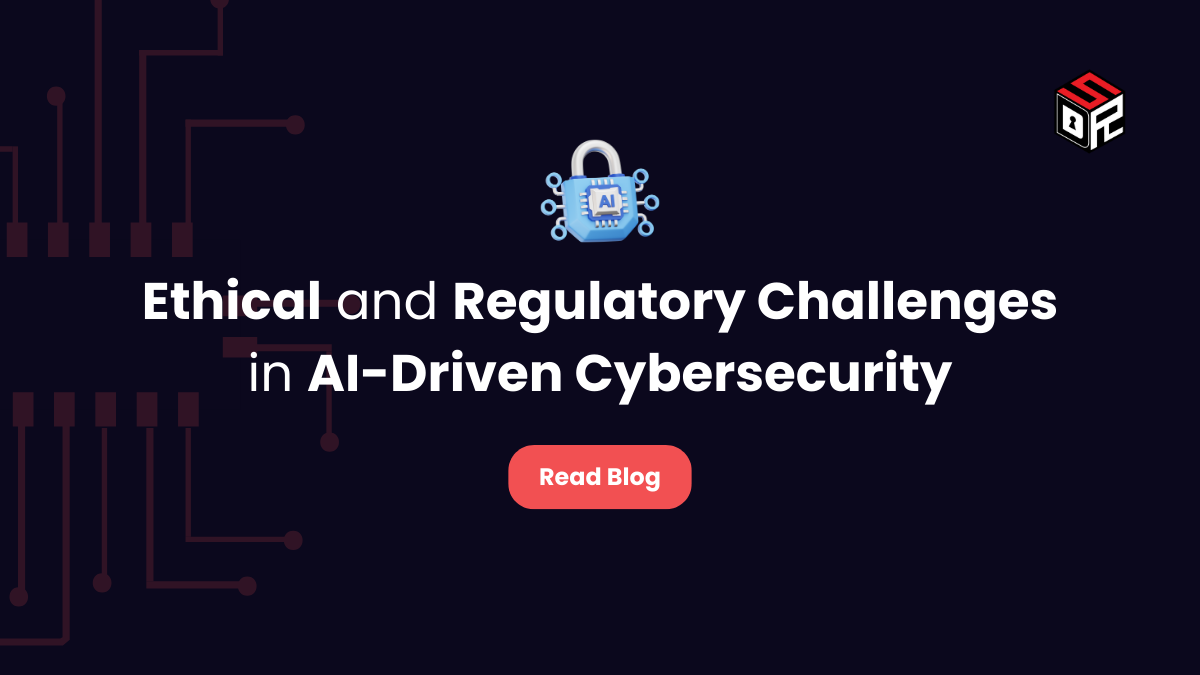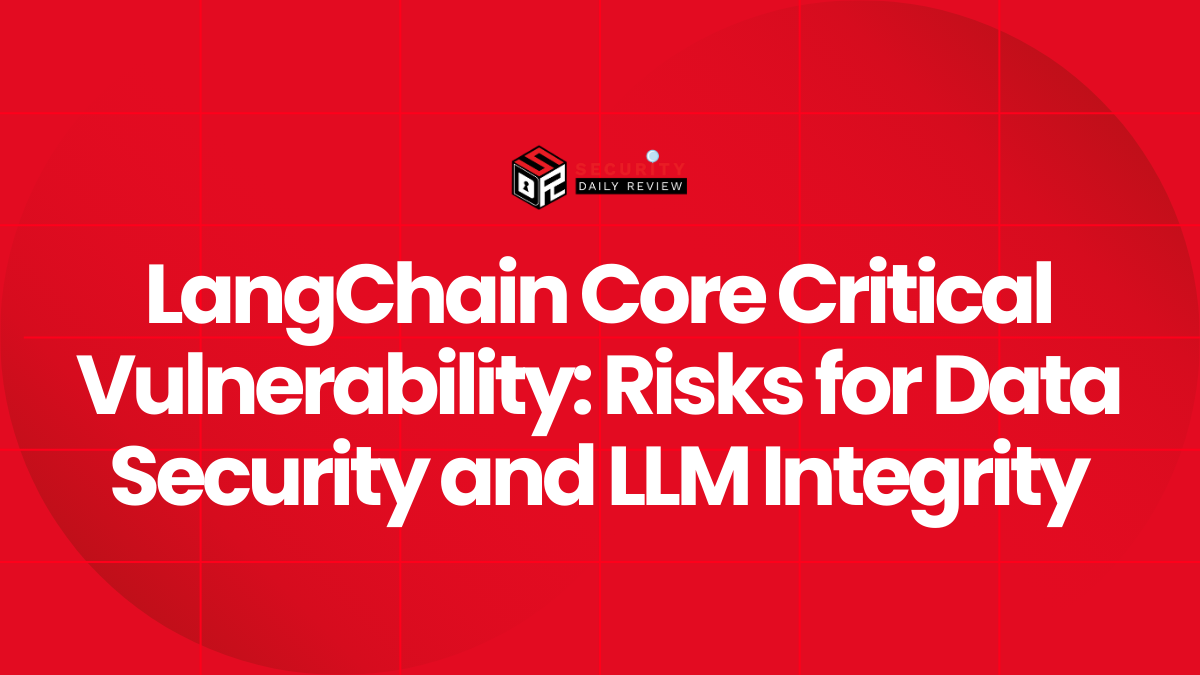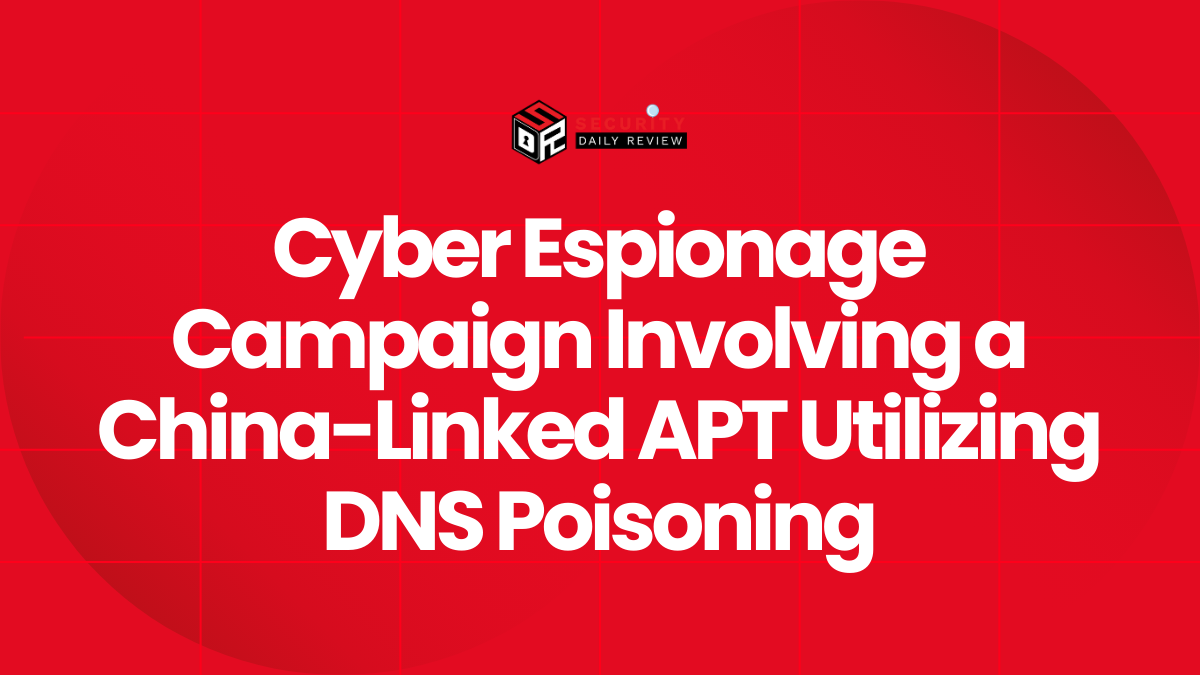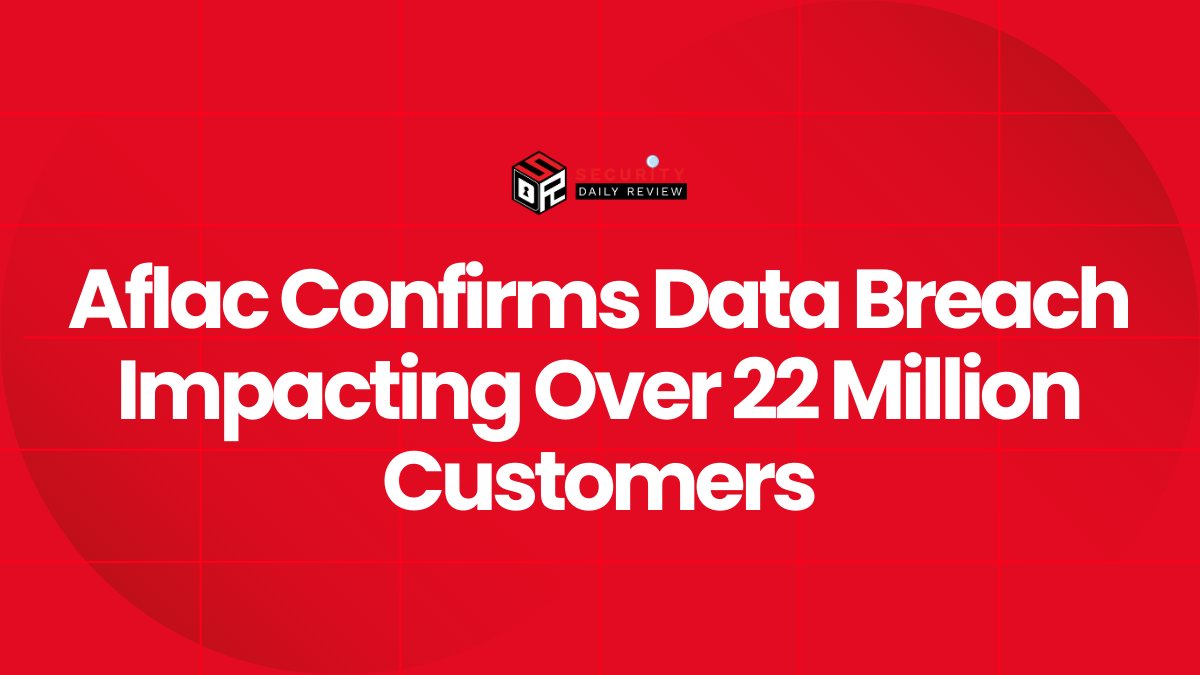As artificial intelligence (AI) becomes deeply entwined with cybersecurity operations, its dual-use nature raises pressing ethical, regulatory, and governance challenges. While AI enhances threat detection and defense automation, the very capabilities that make it powerful can be co-opted for malicious purposes. As a result, cybersecurity stakeholders must navigate a complex landscape shaped by evolving threats, regulatory ambiguity, and ethical dilemmas. A unified approach to AI governance, policy enforcement, and security controls is no longer optional—it is essential.
AI is Now Both a Weapon and a Shield in Cyber Conflicts
The cybersecurity landscape is rapidly shifting due to the accelerating use of AI by both attackers and defenders.
Criminals are Using AI to Supercharge Attacks
Adversaries have begun to weaponize AI, crafting more convincing and targeted attacks. Sophisticated deepfake videos, AI-generated phishing emails, and voice cloning are pushing social engineering tactics to new heights. According to recent analysis, phishing attacks using AI-generated content have achieved a 70% success rate among UK organizations in the past year.
Attackers also deploy AI to develop adaptive malware that continuously evolves to evade detection, reducing the effectiveness of traditional, rule-based security systems. The proliferation of AI-driven criminal tactics reflects an urgent need for defensive tools that can match these capabilities.
Defensive AI Offers Promise—but With Caveats
AI’s utility in defensive roles is clear: anomaly detection, predictive threat analysis, and automated response systems have significantly improved incident response times and detection accuracy. Techniques such as AI-enhanced Zero Trust architecture and self-healing networks promise robust resilience against cyber threats. However, flaws embedded in AI models—such as training on biased datasets or overfitting—can introduce significant blind spots.
Moreover, organizations increasingly face an identity explosion—machine identities now outnumber human identities by 100:1. These non-human credentials are often poorly governed or overlooked entirely, opening up numerous entry points for exploitation unless identity management is adapted for AI-era threats.
Regulatory Complexity Creates Compliance Headaches for Enterprises
Despite the growing role of AI in cybersecurity, regulatory frameworks remain fragmented and inconsistent across regions.
Legal Inconsistencies and Lack of Standards Obstruct Compliance
A core challenge outlined in recent regulatory analyses is the absence of standardized, universally accepted AI governance frameworks. The result is ambiguity and inconsistent enforcement, especially as government agencies struggle to define legal obligations for rapidly evolving AI applications in security contexts. Without regulatory harmonization, organizations find it difficult to allocate resources effectively or establish clear compliance protocols.
Additionally, legal clarity is often lacking on issues such as the ethical boundaries of AI use, data collection rights, and responsibilities for AI-driven decision-making. These inconsistencies impede efforts to set internal security policies and governance structures that comply across jurisdictions.
U.S. Federal Pre-Emption Blocks State-Level Innovation
Legislation such as the U.S. federal “One Big Beautiful” bill exemplifies these difficulties. The bill prevents individual states from drafting their own AI regulations for a period of ten years, replacing decentralized innovation with a wait-and-see approach.
This preemption forces businesses to develop internal guidelines in the absence of state mandates. Without proactive governance, many organizations risk falling into patterns of “shadow AI”—deploying unauthorized tools without proper oversight. Consequences include data privacy violations, operational errors, and regulatory penalties in the future when standards do emerge.
Ethics Must Be Embedded Into AI Systems from the Start
AI in cybersecurity is not ethically neutral. The tools designed to protect can themselves become sources of harm if not carefully governed.
Bias in Training Data and Algorithms Poses Ethical Risks
One of the most pressing ethical concerns is algorithmic bias. AI systems trained on unbalanced or incomplete datasets may unjustly target certain user groups or exclude others from adequate protection. Mislabeling benign behavior as malicious based on flawed assumptions could lead to harmful consequences, especially in law enforcement or national security applications.
Such outcomes highlight the importance of transparent data practices—data sources must be documented and validated for fairness, accuracy, and relevance. Models should also be subject to regular audits to detect and correct harmful biases.
Ethical Frameworks are Crucial for Responsible Deployment
Ethics cannot be retrofitted. Organizations must design AI systems with governance, transparency, and fairness from the outset. Ethical frameworks must govern:
- Data collection, retention, and anonymization practices
- Human oversight in critical decision-making processes
- Logging and interpretability mechanisms for AI decisions
- Risk assessments that balance security gains against potential infringements on rights and liberties
As cross-sector adoption of AI accelerates, unified ethical standards—potentially modeled after frameworks like GDPR for data privacy—could be the next frontier of cybersecurity regulation.
Implementing Robust AI Governance is Critical to Mitigating Risk
Both the public and private sectors must collaborate to ensure AI strengthens—not undermines—cybersecurity defenses.
Identity Security and Proactive Governance are Key
Effective identity governance has emerged as a foundational defense strategy in the AI age. Given the surge in machine identities and the associated misconfigurations, a least-privilege access model is necessary. Automated tools for real-time identity verification and policy enforcement should be prioritized across all environments, not just traditional human-centric access points.
Organizations that proactively build AI councils, integrate oversight into broader Governance, Risk, and Compliance (GRC) systems, and stay agile in adapting to future regulations will be best equipped to manage risks.
A Call for International Collaboration and Harmonization
Finally, regulatory bodies, industries, and international standard-setting organizations must work together to craft future-ready rules for AI-driven cybersecurity. This includes investments in:
- Standardized compliance guidelines
- Cross-border cooperation on threat intelligence and enforcement
- Shared ethical codes for responsible AI deployment
Without such efforts, the uneven regulatory patchwork will continue to strain compliance resources and enable bad actors to exploit loopholes.
—
In an era defined by intelligent threats and algorithmic decision-making, adopting a cohesive strategy for ethical, secure, and compliant AI use is no longer optional—it is a cornerstone of modern cybersecurity. Organizations must implement robust governance and identity security capabilities today, while policymakers develop consistent regulatory and ethical frameworks for tomorrow.









